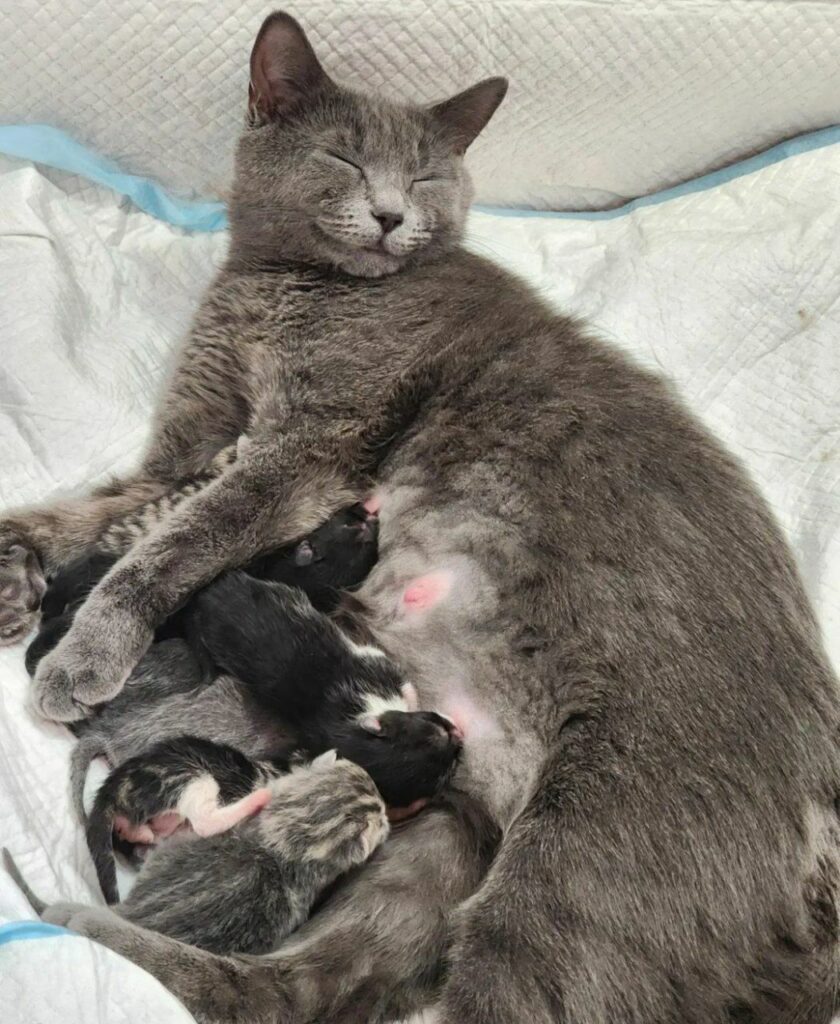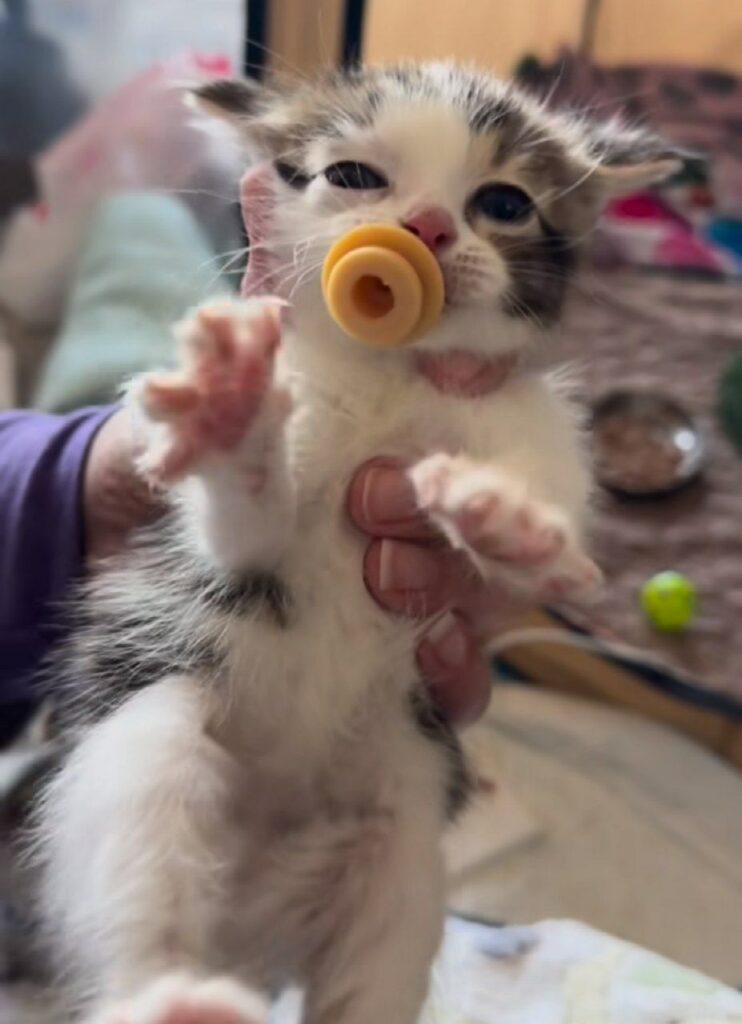How Much To Feed a Kitten
Fueling Feline Growth: A Guide to Kitten Feeding Through the First Year
The first year of a kitten’s life is a whirlwind of growth and development. From tiny, wobbly bundles of fur, they transform into playful, energetic explorers. This remarkable transformation requires proper nutrition to fuel their bodies as they build strong bones, develop essential organs, and refine their motor skills.
But unlike adult cats, kittens have specific dietary needs that change as they grow. Understanding these changing needs and establishing healthy feeding practices are crucial for ensuring their well-being throughout the first 12 months and beyond.
A Delicate Balance: Kitten Growth and Nutritional Requirements
Kittens experience a period of rapid physical development during their first year. Their tiny bodies are busy building a foundation for a healthy life:
- Skeletal Development: Cartilage gives way to strong, mineralized bones, providing the framework for their future size and movement.

- Muscle Building: Playful exploration translates to growing muscle mass, allowing for agility, strength, and coordination.
- Organ Formation: Vital organs like the heart, lungs, and digestive system mature rapidly to support their growing bodies.
This development spurt necessitates a diet rich in essential nutrients, specifically:
- Protein: The building block for muscle growth and tissue repair.
- Fat: Provides energy and essential fatty acids for healthy skin and coat.
- Calcium: Crucial for strong bones and teeth development.
- Vitamins and Minerals: Play a vital role in overall health and development.
Kitten vs. Adult Cat Food:
Kittens have higher dietary requirements compared to adult cats. Kitten food is specifically formulated to meet these needs. It typically contains:
- Higher Protein Content: Kittens require more protein for muscle development and growth. Kitten food generally has 2-3 times more protein than adult cat food.
- Increased Calorie Content: To support their rapid growth and high energy levels, kitten food is formulated with a higher calorie density.
The Importance of Feeding Frequency:
Kittens have smaller stomachs compared to adult cats. However, their high metabolic rate necessitates frequent feedings throughout the day. Feeding them small, frequent meals allows for easier digestion and prevents overeating.
A Roadmap through the First Year: Feeding Your Kitten by Stage
0-4 Weeks (Newborn Kittens):
- Sole Source of Nutrition: During this initial stage, kittens rely exclusively on their mother’s milk for all their nutritional needs. Milk provides essential antibodies for immune system development and the perfect balance of nutrients for healthy growth.
- Monitoring Mom: Ensure the mother cat has access to a high-quality diet formulated for nursing queens. This ensures she has the necessary nutrients to produce milk for her kittens.


4-8 Weeks (The Weaning Transition):
- Introducing Kitten Food: Around 4 weeks of age, you can begin introducing specially formulated kitten food. Start with a small amount of wet food, softened with water, to create a smooth consistency.
- Gradual Transition: The weaning process from mother’s milk to solid food should be gradual. Allow the kittens to explore the new food at their own pace while still receiving their mother’s milk.
- Multiple Small Meals: Offer small portions of kitten food several times a day (4-6 meals) to accommodate their small stomachs and high energy needs.
8-12 Weeks (Independent Eaters):
- Weaning Complete: By 8 weeks of age, most kittens are fully weaned and can transition to a diet solely composed of kitten food.
- Free-Feeding vs. Scheduled Meals: Opinions differ on feeding schedules for kittens at this stage. Some recommend a “free-feeding” approach, allowing kittens to access dry food throughout the day. However, this can lead to overeating.
- Scheduled Meals with Measured Portions: A more controlled approach is to offer measured portions of dry food at regular intervals (3-4 meals) throughout the day. Monitor their food intake and adjust portion sizes as needed.
- Wet Food Options: Adding a small amount of wet food to their diet can be beneficial for hydration and provide variety. However, wet food typically has a higher calorie content, so adjust dry food portions accordingly.
12-4 Months (Active Explorers):
- Rapid Growth and High Energy: During this growth spurt, kittens remain highly active and continue to develop rapidly.
- Maintain Kitten Food: Kitten food with its higher protein and calorie content continues to be the best choice for optimal growth and development.
- Feeding Frequency: You can gradually reduce the number of meals to 3 per day, but ensure portion sizes are adjusted to meet their growing needs.
4-12 Months (Transitioning to Adulthood):
- Slower Growth, Increased Activity: As kittens approach their first year, their growth rate slows down. However, their activity levels typically increase significantly as they become more playful and explore their surroundings.
- Kitten Food Still Suitable: High-quality kitten food can continue to be their primary food source throughout this stage due to its higher protein content to support muscle development and increased activity levels.
- Monitoring Weight and Body Condition: Regularly monitor your kitten’s weight and body condition (feeling their ribs with a slight fat covering) to ensure they’re not overeating. Consult your veterinarian if you notice any significant weight gain or loss.

12 Months and Beyond (Transitioning to Adult Food):
- Reaching Adulthood: By 12 months of age, most kittens are considered adults. Their growth rate has significantly slowed, and their adult size is mostly established.
- Shifting Nutritional Needs: Adult cats have lower energy requirements compared to kittens. Their diet needs to reflect these changes to prevent weight gain.
- Transitioning to Adult Food: Around 1 year old, you can gradually transition your kitten to a high-quality adult cat food formulated for their age group.
- Gradual Shift: Introduce the new food slowly, mixing it with their kitten food over several days. This allows their digestive system to adjust to the new formula.
- Monitoring and Adjustments: Continue to monitor your cat’s weight and body condition after the transition. Adjust portion sizes if necessary based on their activity level and overall health.
Additional Considerations for Healthy Kitten Feeding:
- Fresh Water is Essential: Always provide access to clean, fresh water at all times. Hydration is crucial for overall health and proper digestion.
- Table Scraps are a No-No: Avoid offering table scraps or human food. Human food is often high in calories, fat, and seasonings that can be unhealthy for kittens.
- Treats in Moderation: Even healthy treats should be given in moderation to avoid weight gain.
- Dental Health: Introduce dental hygiene routines early on. Brush your kitten’s teeth with a cat-friendly toothpaste or provide dental chews to promote good oral health.
- Veterinarian Guidance: Regular checkups with your veterinarian are essential throughout your kitten’s first year and beyond. They can provide personalized advice on feeding practices, portion control, and address any nutritional concerns you may have.
Remember:
By understanding your kitten’s changing nutritional needs and establishing healthy feeding practices from the start, you can set them up for a lifetime of optimal health. A balanced diet, proper portion control, and regular veterinary care are the cornerstones of a happy and healthy feline companion.

